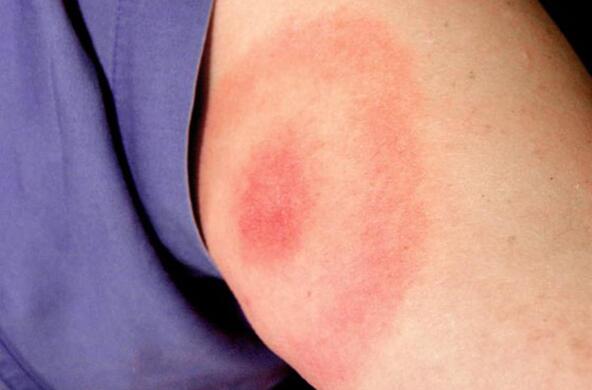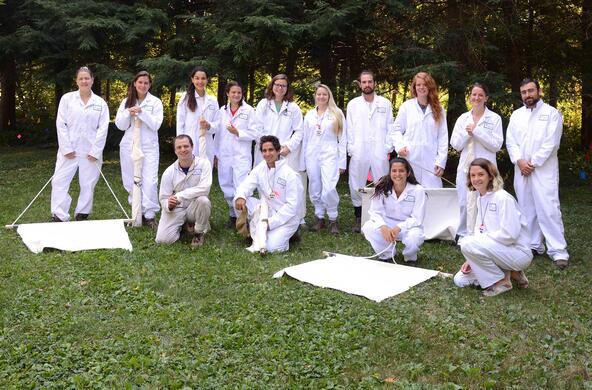The Dutchess County Environmental Management Council recently completed a State of the Environment report for Dutchess County. This is the sixth in a series of articles from the report. The entire report can be found online.
Lyme disease is an illness caused by an infection of the bacteria Borrelia burdorferi, which are transmitted to humans by the bite of black-legged ticks, ixodes scapularis — formerly and mistakenly thought to be Ixodes damini, the deer tick.
Black-legged ticks have three life stages: larvae, nymphs and adults, each of which needs one blood meal to survive. The tick’s life cycle takes two years to complete.
Wild animals are important hosts for the ticks. Small mammals, such as the white-footed mouse and the eastern chipmunk are important hosts for larvae and nymphs, while larger mammals such as deer are important hosts for adult ticks.
Ticks of all life stages can be found on large and small mammals.
Ticks in the nymphal stage are responsible for transmitting the vast majority of Lyme disease cases largely because they are small and difficult to see.
The symptoms of Lyme disease include joint inflammation, flu symptoms, aches and fever. The site of the tick bite may have a telltale circular rash.
Research done on Lyme disease has provided us with a better understanding of it now than in 1975, when it was first described. Unfortunately, no silver bullet has been identified as the ultimate means of controlling the disease, and it remains a critical environmental health concern.
Continued research is necessary to develop control measures to reduce the incidence of the disease. However, it is important to recognize that it is unlikely we will ever be able to eradicate Lyme disease from Dutchess County.
A good understanding of what controls the local distribution and abundance of the organisms responsible for transmitting Lyme disease is critical to understanding the disease. Ecological food web dynamics are extremely important as determinants of Lyme disease risk.
Victoria Kelly is a member of the Dutchess County Environmental Management Council and a program manager at the Cary Institute of Ecosystem Studies.







